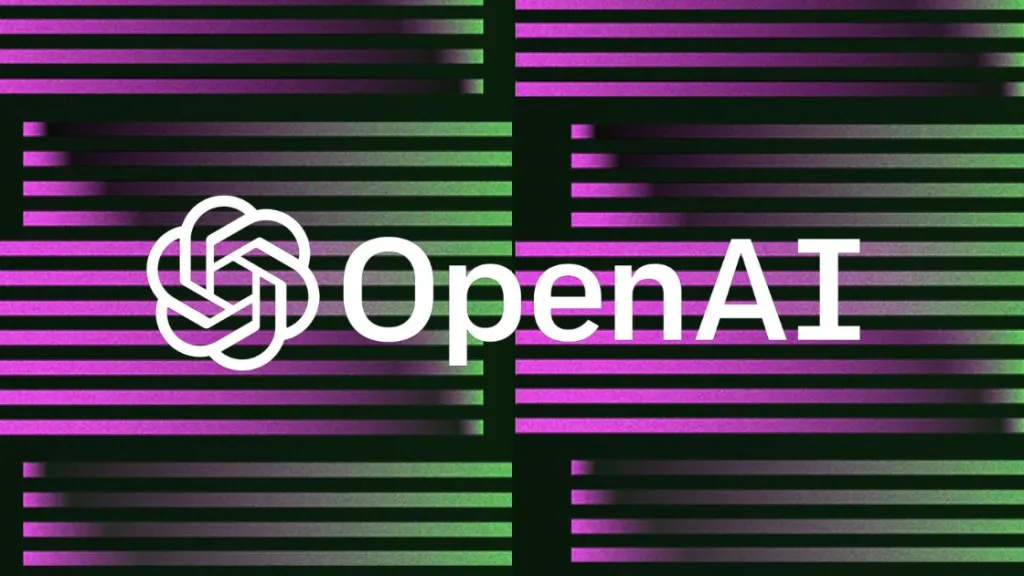Impact of Open AI Chat GPT on Instructional Design
ChatGPT is a powerful language model developed by OpenAI that has the ability to generate human-like text. As a result, this technology has the potential to have a significant impact on the field of instructional design.
First, ChatGPT can be used to generate high-quality, engaging content for e-learning courses. The technology can be used to write scripts and storyboards for online courses, simulations, and interactive tutorials. This can save instructional designers a significant amount of time and effort, as they no longer need to spend hours writing and editing content. Additionally, the technology can be used to generate assessments and quizzes, which can help to measure the effectiveness of the course and identify areas where learners may be struggling.
Another way ChatGPT can impact instructional design is through its ability to generate personalized learning experiences. The technology can be used to create customized content based on a learner’s interests, skills, and level of understanding. This can help to increase engagement and motivation, and can also help to ensure that learners are receiving the information that is most relevant to them.
ChatGPT can also be used to improve the accessibility of e-learning content. The technology can be used to generate text-to-speech, closed captioning and other accessibility features, which can help to make courses more accessible to learners with disabilities. Additionally, ChatGPT can be used to create translations of e-learning content, which can help to make it more accessible to learners who speak different languages.
Another way ChatGPT can impact instructional design is through its ability to generate interactive content. The technology can be used to create chatbots and virtual assistants that can interact with learners in real-time. These chatbots can provide learners with immediate feedback, answer questions, and guide them through the learning process. Additionally, ChatGPT can be used to create virtual reality and augmented reality experiences, which can make e-learning more engaging and interactive.
However, ChatGPT is not without limitations, and it’s important to understand that while ChatGPT can generate human-like text, it is not capable of understanding or applying context or meaning in the same way that a human would. Additionally, ChatGPT is based on patterns it has seen in its training data and may not be able to generate original or creative ideas. It also lacks the emotional intelligence and empathy of a human. Therefore, it’s important to use ChatGPT with caution and understand its limitations when using it for instructional design or other applications.

In conclusion, ChatGPT is a powerful language model that has the potential to revolutionize the field of instructional design. From generating high-quality content, to creating personalized learning experiences, to improving accessibility and creating interactive content, ChatGPT can save instructional designers time and effort while also increasing the effectiveness of e-learning courses. However, it’s important to note that while ChatGPT can generate human-like text, it’s still a machine and it’s important to maintain a human touch and review the generated content before publishing it. It’s also important to consider the ethical implications of using a technology like ChatGPT in instructional design, such as issues related to bias, privacy, and intellectual property. As with any technology, it’s important to use it in a responsible and thoughtful manner.


